Gabapentin 100Mg,200Mg,400Mg,600Mg,600Mg,800Mg
$450 – $750
What is gabapentin?
Gabapentin is a prescription medication known as a gamma aminobutyric acid (GABA) analogue. GABA reduces the excitability of nerve cells (neurons) in the brain, which play a role in seizures and the transmission of pain signals. Gabapentin mirrors the effects of GABA calming excited neurons.
Gabapentin is in a class of medications called anticonvulsants.
What are the brand names of gabapentin?
Gabapentin is available as both a brand name product and a generic product (chemically the same, usually lower cost than the brand name product). Brand names of gabapentin include Horizant®, Gralise® and Neurontin®.Buy Gabapentin (Neurontin) Online
What is gabapentin approved for?
Gabapentin is used to:
- Prevent and control partial seizures. Gabapentin can be used in adults and children age 3 and older who have partial seizures.
- Relieve nerve pain following shingles in adults. Shingles is a painful rash that develops many years after you’ve had chickenpox. The virus that causes chickenpox stays dormant in a portion of your spinal nerve root called the dorsal root ganglion. For whatever reason, this otherwise dormant virus gets reactivated — usually by stress — causing a shingles rash. Nerve pain following a case of shingles is called postherpetic neuralgia (PHN).
- Treat moderate-too-severe primary restless legs syndrome.
The branded gabapentin products Neurontin and Gralise are approved for partial seizures and PHN. The branded gabapentin enacarbil product Horizant is approved for restless legs syndrome and PHN.
What dosage strengths and forms does gabapentin come in?
Gabapentin is available as:
- Gabapentin tablets. It’s available as 300- and 600-milligram tablets (Gralise) and 600- and 800-milligram tablets (Neurontin or generic gabapentin).
- Gabapentin oral solution. The oral solution contains 250 millgrams of gabapentin per 5 milliliter (50 mg per mL) Neurontin or generic gabapentin.
- Gabapentin capsules. It’s available as 100-, 300- or 400-milligram gelatin capsules (Neurontin or generic gabapentin).
- Gabapentin enacarbil, 300- and 600-milligram extended-release tablets (Horizant).
How should I take gabapentin?
- Take Gralise tablets with your evening meal. Swallow tablets whole with a full glass of water. Don’t chew, break or crush.
- Take Horizant tablets with food. Swallow tablets whole with a full glass of water. Don’t chew, break or crush.
- Take other forms of gabapentin with or without food.
- Neurontin and generic forms of Neurontin tablets may be broken into two pieces. You can take the second half for your next dose. Don’t use the half-tablet beyond 28 days after the whole tablet was cut or broken.
- Carefully measure the liquid formulation of gabapentin using the measuring device that comes with the drug. If you did not receive a measuring device, please ask your pharmacist for a medication-measuring device.
- If you take an aluminum or magnesium-containing antacid, such as Maalox®, Mylanta®, Gelusil®, Gaviscon®, or Di-Gel®, wait at least two hours before taking your next dose of gabapentin.
- Take gabapentin exactly as prescribed by your healthcare provider.
Are there any serious interactions with gabapentin and other medications?
Serious breathing problems can happen if you take gabapentin with drugs that cause severe sleepiness or decreased awareness. Some examples include narcotic opioids, anti-anxiety medicines, antidepressants, and antihistamines. If you are 65 years of age or older and/or have a condition that affects your lungs, such as chronic obstructive pulmonary disease (COPD), there is an increased risk for breathing problems. Watch for increased sleepiness or decreased breathing when you start taking gabapentin or when the dose is increased. Get help right away if you develop breathing problems.
Seek immediate medical attention if these symptoms develop:
- Confusion.
- Unusual dizziness or lightheadedness.
- Slowed, shallow or trouble breathing.
- Unresponsiveness (can’t wake up).
- Bluish-colored or tinted skin, especially on lips, fingers or toes.
What other medications and products can interact with gabapentin?
Products that interact with gabapentin include:
- Alcohol.
- Antihistamine-containing cold, cough and allergy products.
- Certain medicines for anxiety or sleep.
- Certain medicines for depression, such as amitriptyline, fluoxetine and sertraline.
- Certain medicines for seizures, such as phenobarbital and primidone.
- Certain medicines for stomach problems. (Wait two hours after taking aluminum and magnesium-containing antacids before taking gabapentin.)
- General anesthetics, local anesthetics, or muscle relaxants given before surgery.
- Narcotic pain medicines.
Can I drink alcohol while taking gabapentin?
Avoid drinking alcohol while taking gabapentin. Drinking alcohol with gabapentin could increase sleepiness or dizziness.
Is gabapentin addictive?
Gabapentin is not addictive, but this doesn’t mean that gabapentin can’t be abused. A small number of studies have reported misuse and abuse of gabapentin.
| Quantity | 10 Blisters of 10 tabs each(100 Tabs), 20 Blisters of 10 tabs each(200 Tabs) |
|---|
Be the first to review “Gabapentin 100Mg,200Mg,400Mg,600Mg,600Mg,800Mg” Cancel reply
Related products
PHARMACEUTICALS
PHARMACEUTICALS
PHARMACEUTICALS
PHARMACEUTICALS
PHARMACEUTICALS
PHARMACEUTICALS
PHARMACEUTICALS
PHARMACEUTICALS

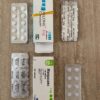
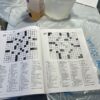
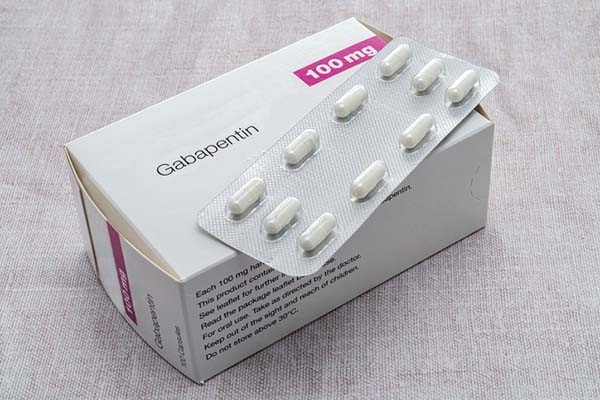
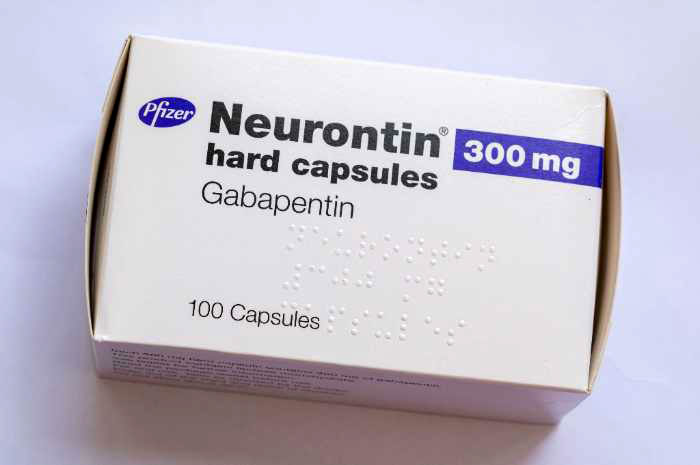
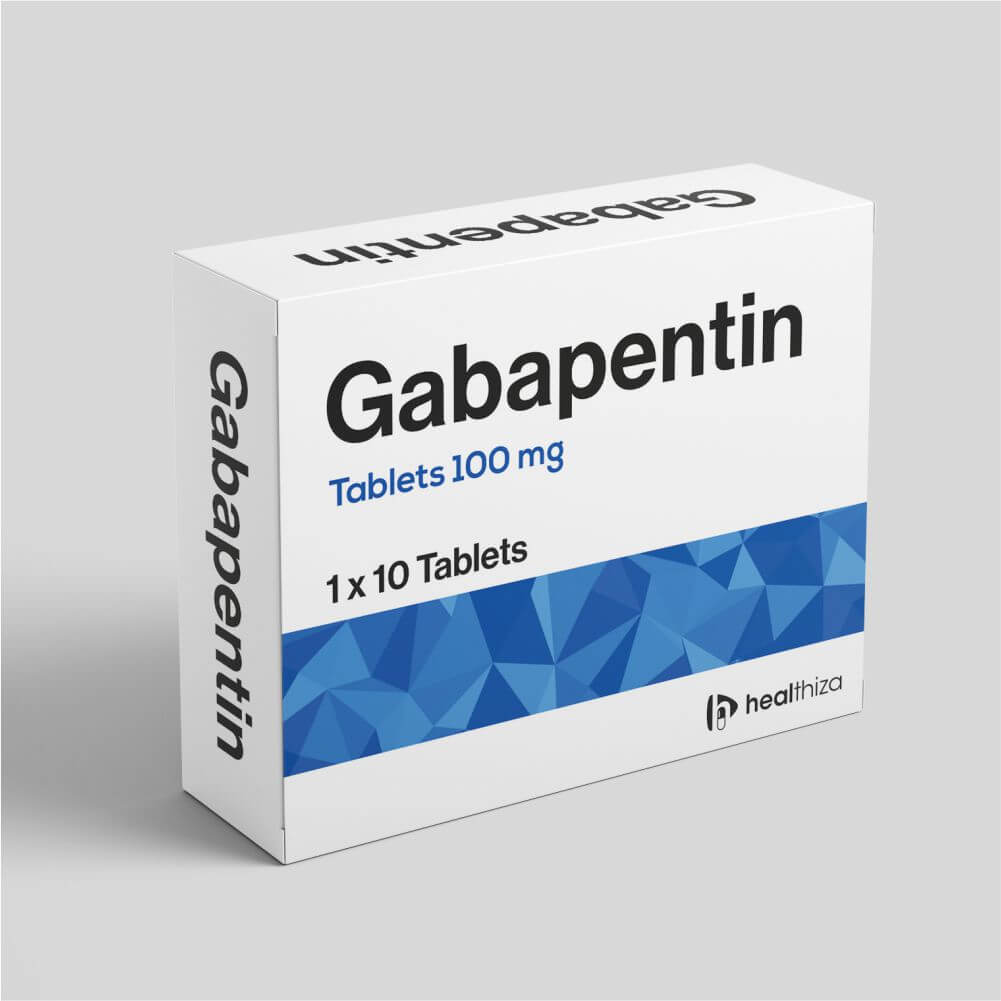
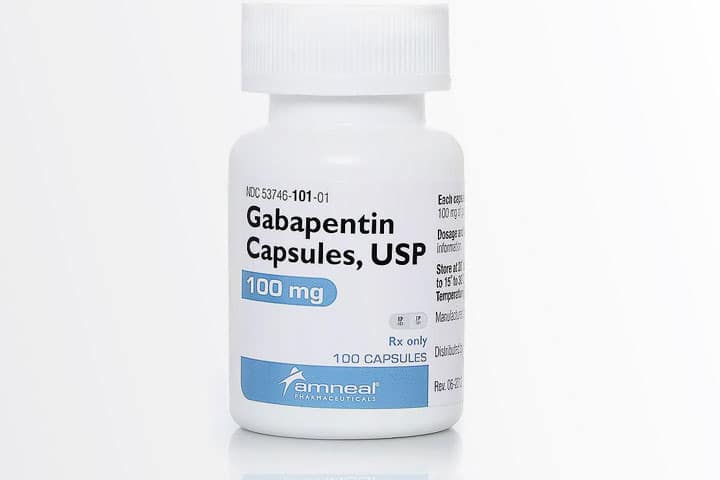
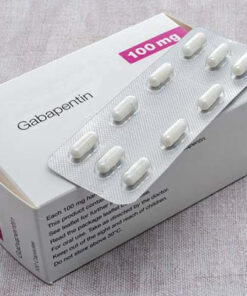
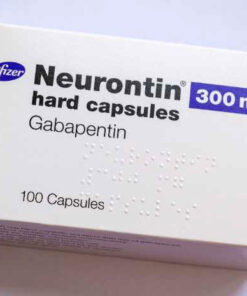
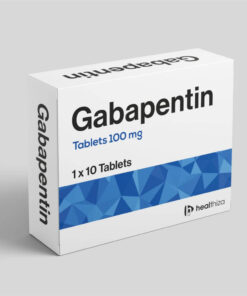
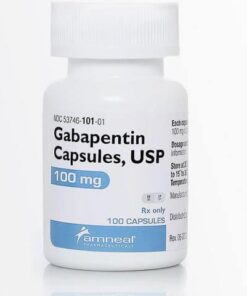
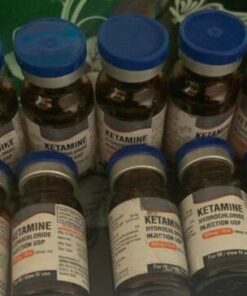
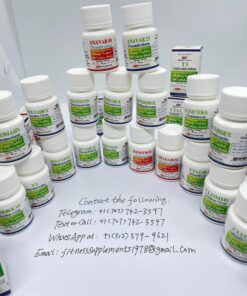
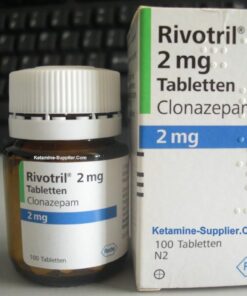
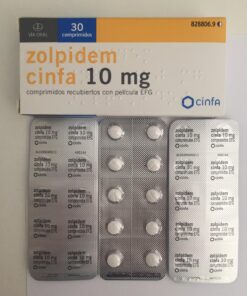
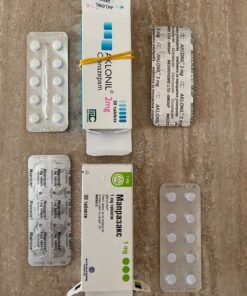
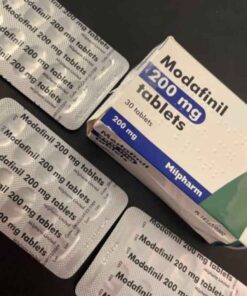
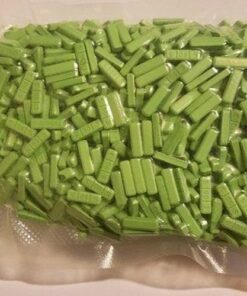
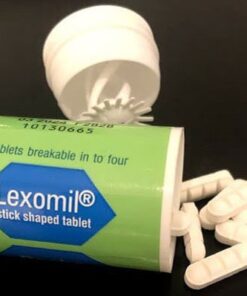
Reviews
There are no reviews yet.